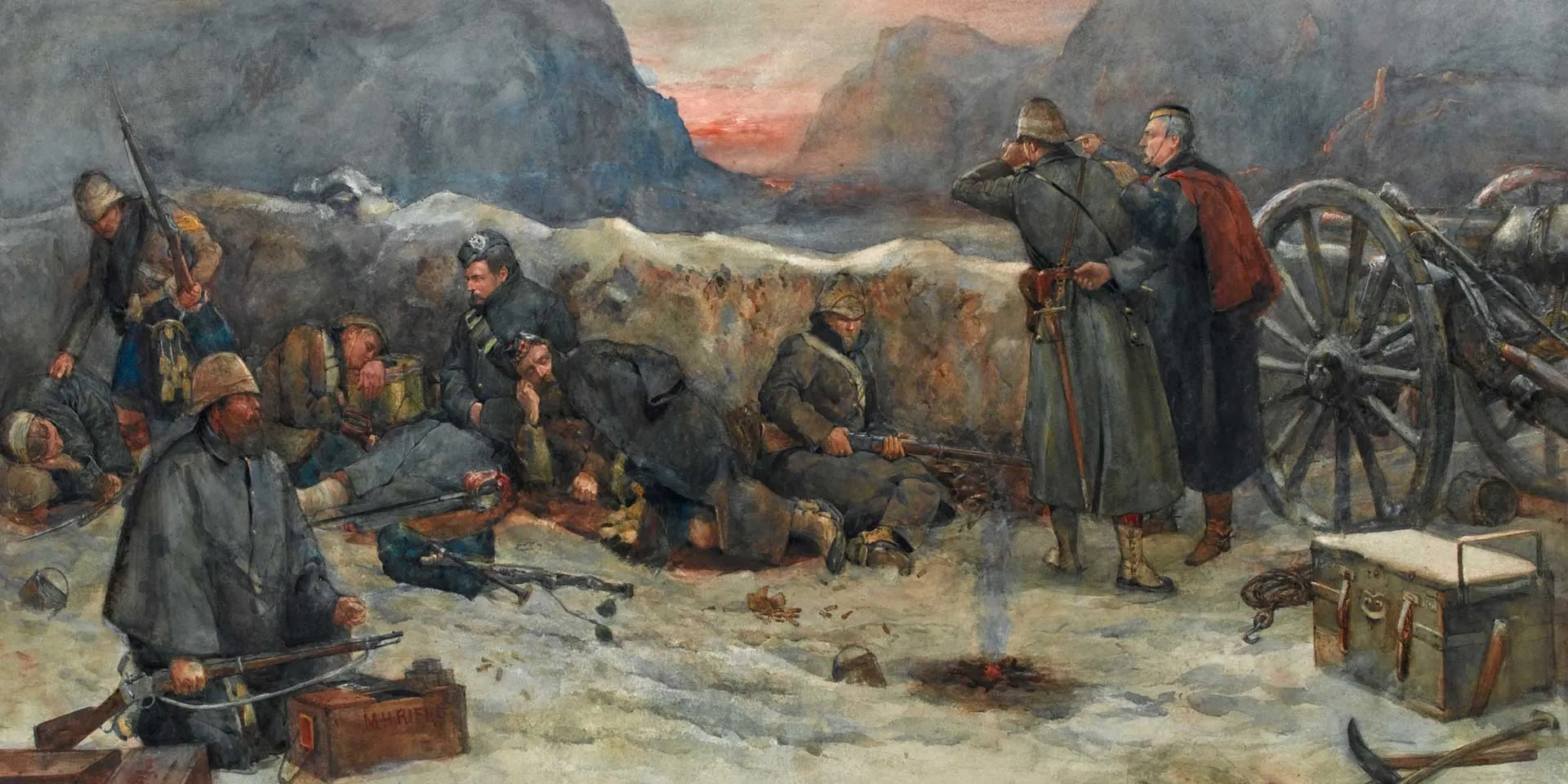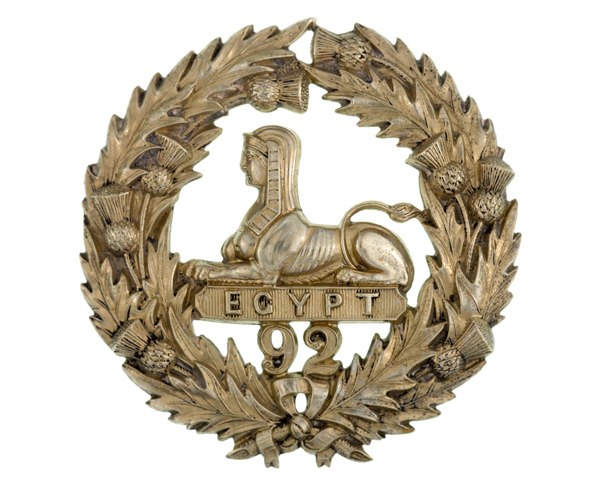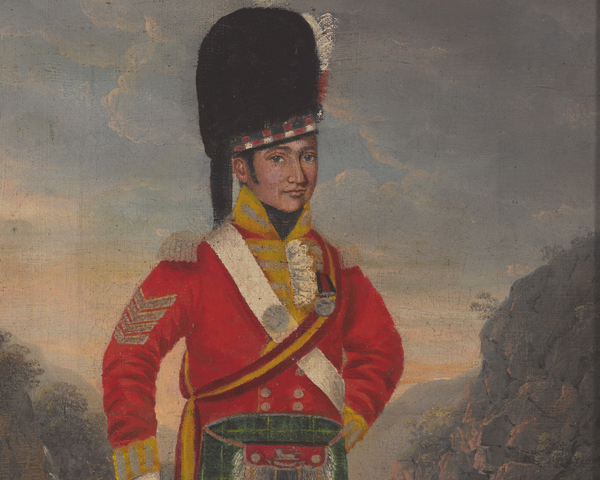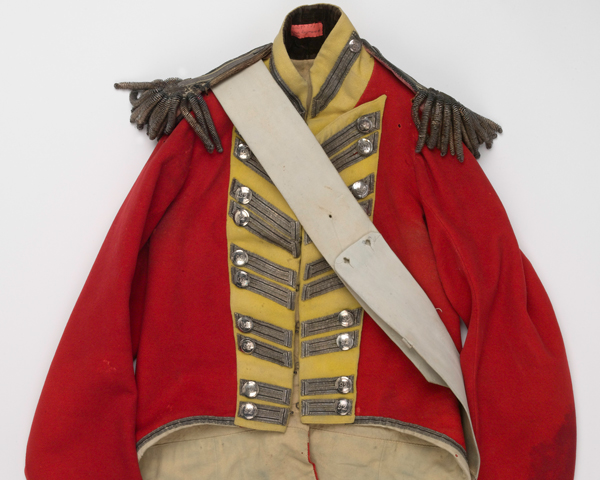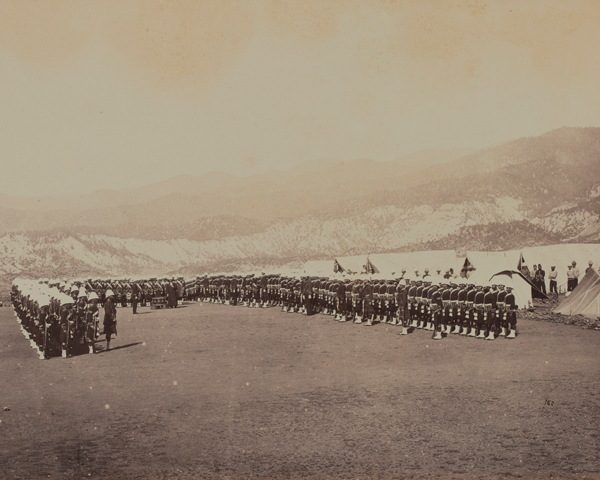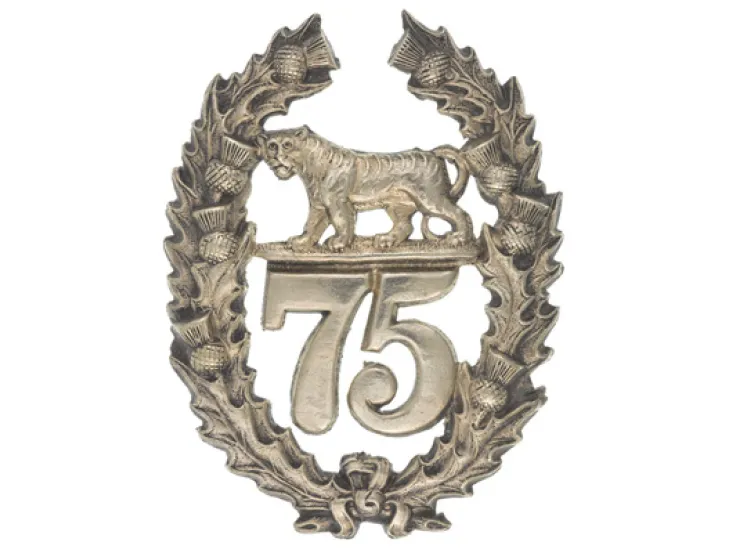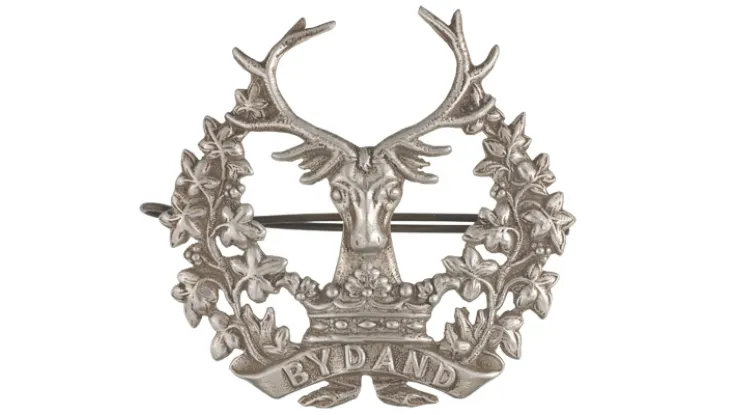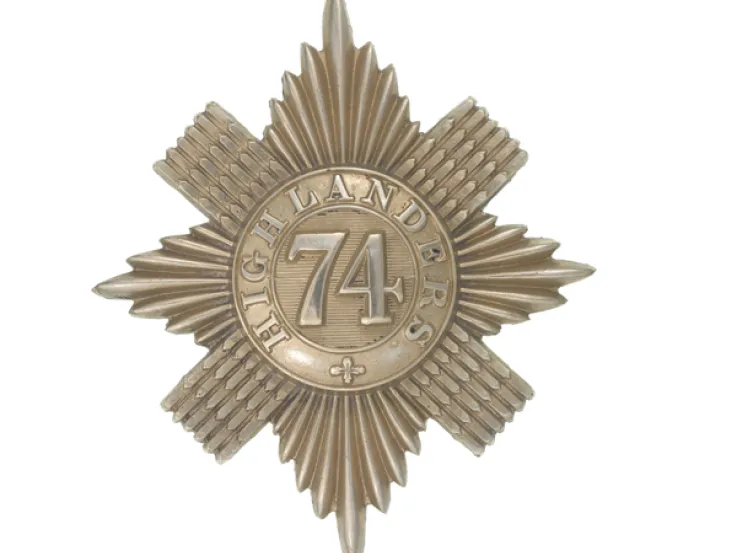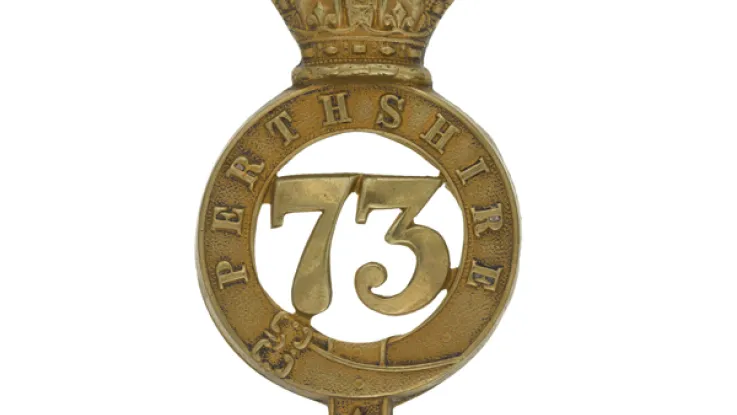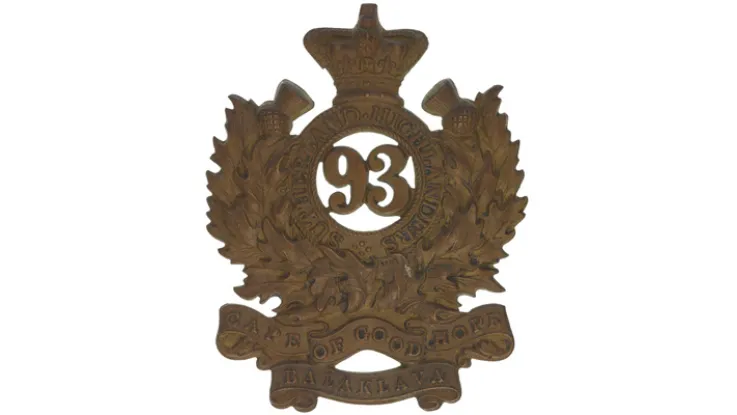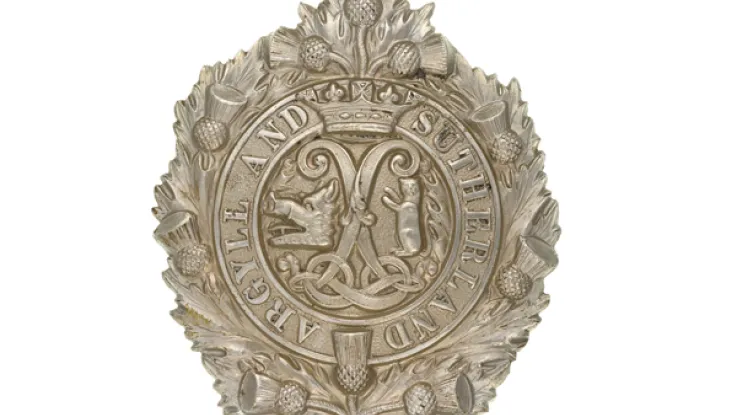Origins
In 1794, Britain had just entered the French Revolutionary Wars (1793-1802) and needed new regiments. One of these was raised at Brae Lochaber in Inverness-shire by Alexander Gordon, 4th Duke of Gordon, a major Scottish nobleman. It was embodied at Aberdeen soon afterwards.
Gordon's wife, Jane, accompanied him on his recruiting tours dressed in military uniform. Regimental legend states that she offered a kiss to every new recruit.
Early deployments
The regiment's initial deployments were garrison postings to Gibraltar and Corsica in 1794-96. It returned home in 1798, moving to Ireland in May to help suppress the Irish Revolt.
Later in 1798, it rose from 100th to 92nd in the order of precedence. The following year, it moved to the Netherlands, fighting at Alkmaar (1799). Then, in 1800, it was sent to support an attempted French Royalist landing at Quiberon Bay on the north-west coast of France.
Egypt and Copenhagen
The following year, it fought in Egypt under Sir Ralph Abercromby, winning the battle honour ‘Mandora’ and the sphinx in its cap badge. It then remained in Britain and Ireland for five years from 1802.
The regiment formed part of the amphibious force sent to attack Copenhagen in 1807 and anchored off Goteborg the following year to offer the Swedish king assistance. This was refused and the force was re-routed to the Iberian Peninsula.
Peninsular War
The regiment fought at Corunna in 1809. It wore a black line in its lace in memory of Sir John Moore, who was killed at that battle. Later that year, it took part in the disastrous Walcheren Expedition.
The 92nd returned to the Peninsula in 1810, fighting its way into France by April 1814. Its battle honours in the campaign included Fuentes D'Onoro (1811), Almaraz (1812), Vitoria (1813), Pyrenees (1813), Nive (1813) and Orthes (1814).
It was in Ireland in 1815, when Napoleon escaped from Elba. The unit was rushed to the Continent to fight at Quatre Bras and Waterloo.
Garrison duty
The regiment spent many of the following years in Scotland and Ireland. It was also sent to Jamaica for eight years in 1819, and Barbados for three years in 1841. Other overseas postings included Gibraltar, Malta and Corfu.
Victorian wars
During the Crimean War (1854-56), it was mainly stationed in Turkey, gaining no battle honours for the campaign. Then, in 1858, it sailed for India during the Mutiny (1857-59), taking part in several smaller actions before returning to Britain in 1863.
In 1868, the 92nd returned to India, this time for 13 years. It fought in the Second Afghan War (1878-80), service that included the Battle of Charasiab (1879), the Siege of Sherpur Cantonment (1879), the famous march from Kabul to Kandahar (1880) and the Battle of Kandahar (1880).
Legacy
In January 1881, the regiment moved to South Africa. Five months later, it merged with the 75th (Stirlingshire) Regiment to form The Gordon Highlanders.
Regimental museums
The National Army Museum works with a network of Regimental and Corps Museums across the UK to help preserve and share the history and traditions of the Army and its soldiers.
Discover more about the 92nd (Gordon Highlanders) Regiment of Foot by visiting The Gordon Highlanders Museum in Aberdeen.

